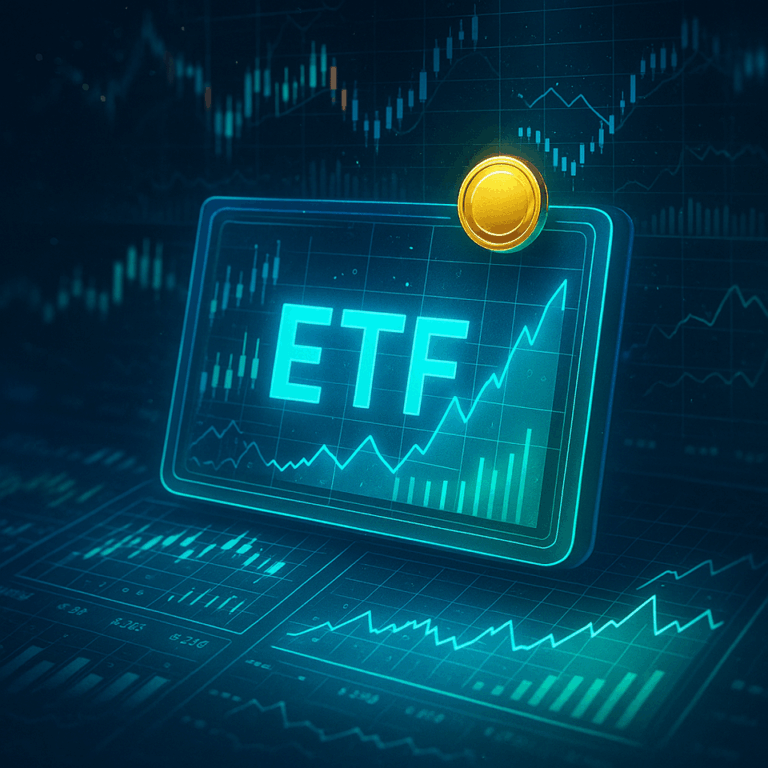As of 2025, investing has become more dynamic and accessible than ever before. With rapid technological innovation, increased global connectivity, and growing regulatory oversight, investors today face both exciting opportunities and complex challenges. Understanding the evolving landscape of investment strategies, market trends, and risk management tools is crucial for anyone seeking to build long-term financial security.
The Rise of Digital Investment Platforms
One of the most transformative developments in recent years has been the growth of online investment platforms. Mobile applications, robo-advisors, and digital brokerages allow individuals to access global markets with ease. These platforms offer real-time analytics, automated portfolio balancing, and educational resources, making investing more transparent and efficient. In 2025, even first-time investors have tools at their disposal that were once available only to professionals.
The Role of Global Economic Conditions
Investment strategies in 2025 are heavily influenced by macroeconomic conditions. Inflation trends, interest rate adjustments by central banks, and geopolitical events all play a central role in shaping asset performance. Investors must remain aware of how global trade, energy markets, and currency fluctuations impact both short-term and long-term opportunities.
Diversification Across Asset Classes
Diversification remains a cornerstone of investing. In 2025, portfolios often include a mix of stocks, bonds, real estate, commodities, and alternative assets such as cryptocurrencies or private equity. The goal is to spread risk while capturing growth potential. Technology now enables investors to access fractional shares, international assets, and specialized funds that once required high capital commitments.
Sustainable and ESG Investing
Sustainability has moved from being a trend to a permanent fixture in investment strategies. Environmental, Social, and Governance (ESG) criteria are widely used by asset managers and individuals alike to evaluate companies. In 2025, investors are increasingly directing capital toward renewable energy, green infrastructure, and companies with transparent governance practices. This shift reflects both ethical considerations and the recognition that ESG-focused firms often demonstrate stronger long-term performance.
The Impact of Artificial Intelligence and Data Analytics
Artificial intelligence and big data have revolutionized investment decision-making. AI-powered algorithms can process massive datasets, identify trends, and even predict market movements with greater accuracy than traditional methods. Investors now rely on machine learning tools for everything from automated trading to risk assessment. While these tools enhance efficiency, they also introduce new risks, including algorithmic errors and overreliance on technology.
Risks in the Investment Landscape
Despite innovation, investing in 2025 carries risks that must not be overlooked. Market volatility remains a constant challenge, with sudden shifts driven by political events, natural disasters, or changes in consumer demand. Cybersecurity threats also present a danger to digital investment platforms. Additionally, the ease of access to speculative assets means that inexperienced investors can face significant losses without adequate risk management.
Long-Term Investing and Retirement Goals
A growing number of investors are aligning their strategies with long-term financial planning. Retirement-focused portfolios emphasize stable growth, capital preservation, and consistent returns. In 2025, retirement planning increasingly includes diversified exposure to global markets, sustainable investments, and low-cost index funds. The combination of advanced digital tools and broader asset availability makes long-term planning more accessible than ever.
Conclusion
Investing in 2025 is characterized by accessibility, innovation, and complexity. While digital platforms and AI-driven tools create new opportunities, they also demand greater financial literacy and risk awareness. By balancing diversification, sustainability, and long-term planning, investors can navigate the challenges of a rapidly evolving global market. The future of investing lies not only in chasing returns but in building resilient portfolios designed to withstand change.







